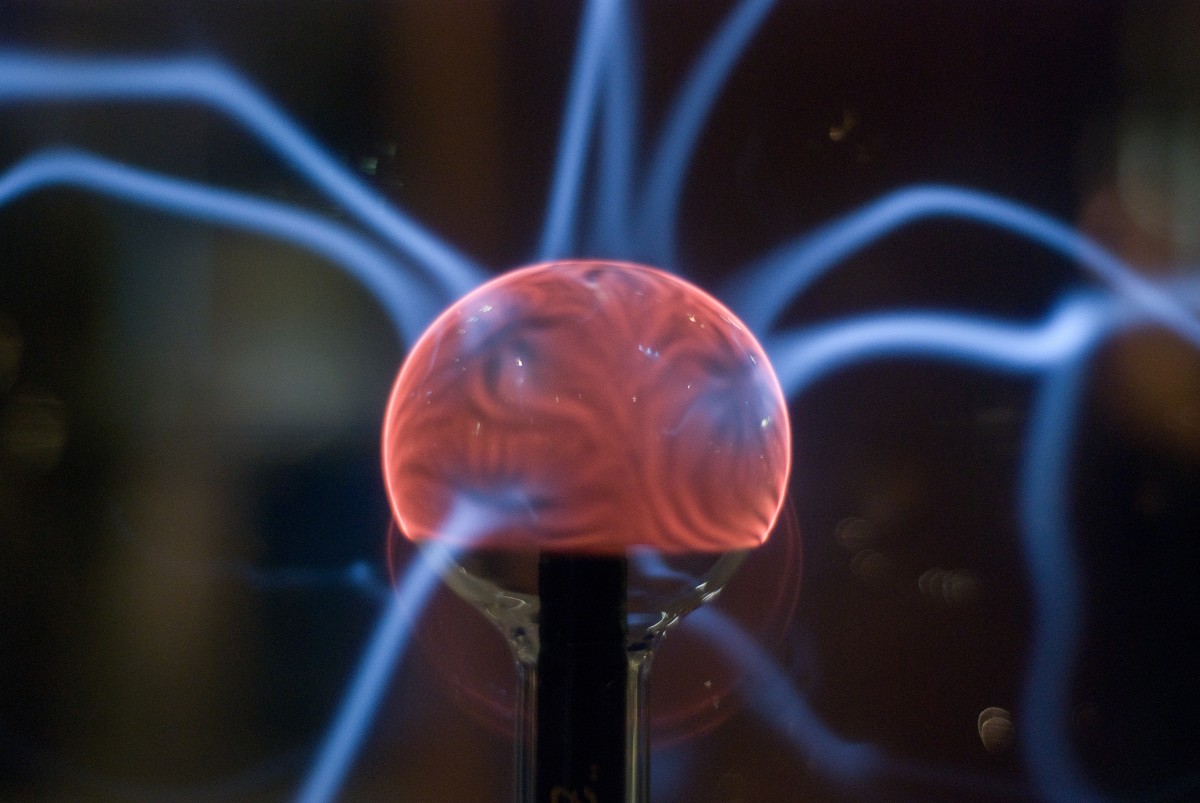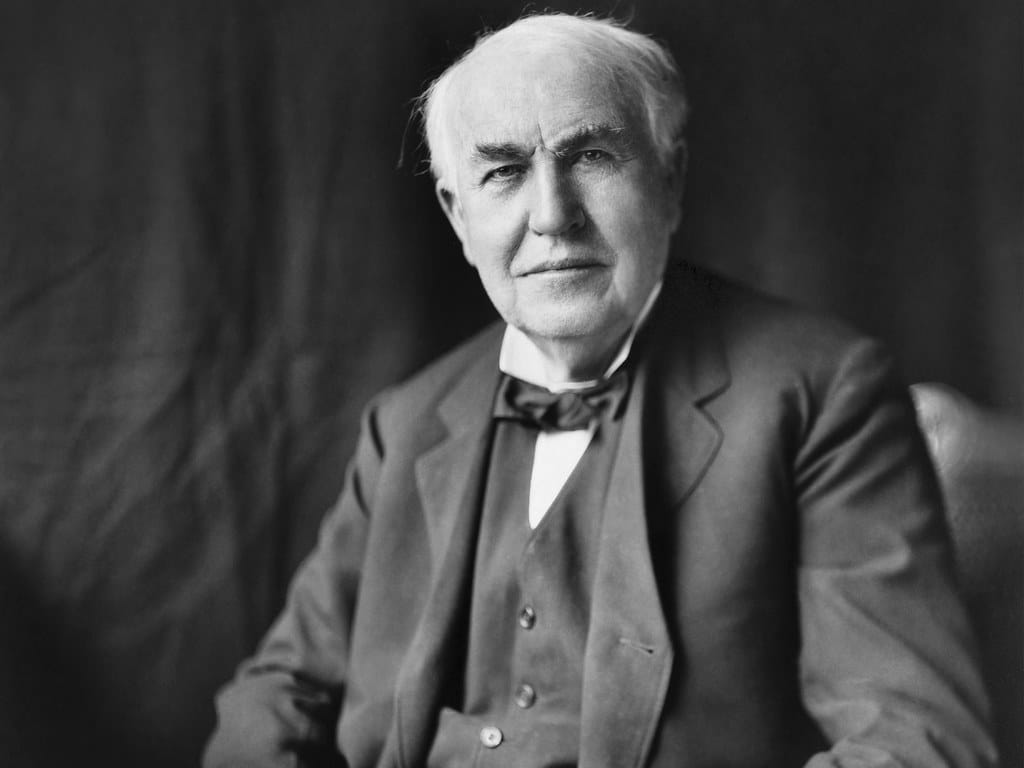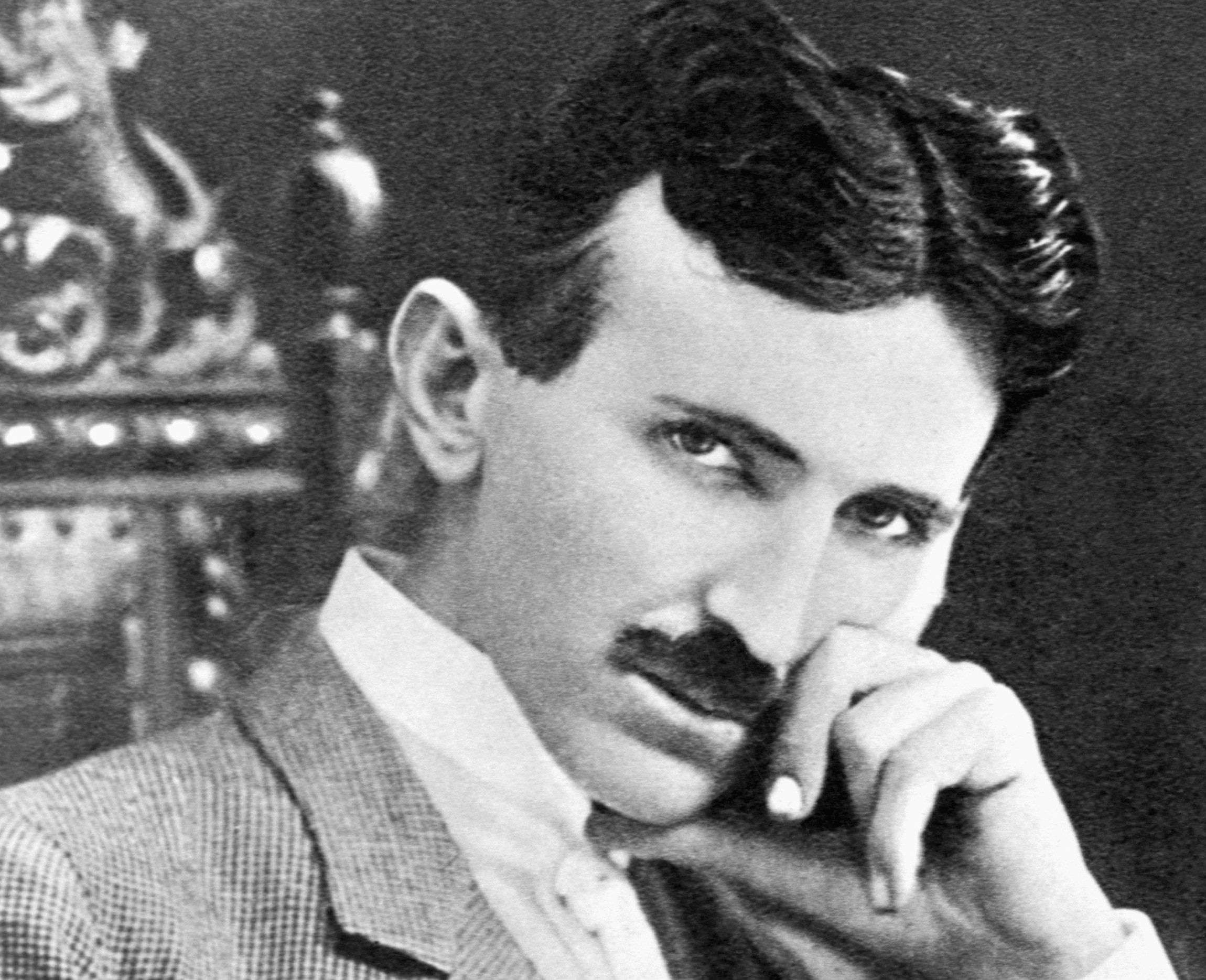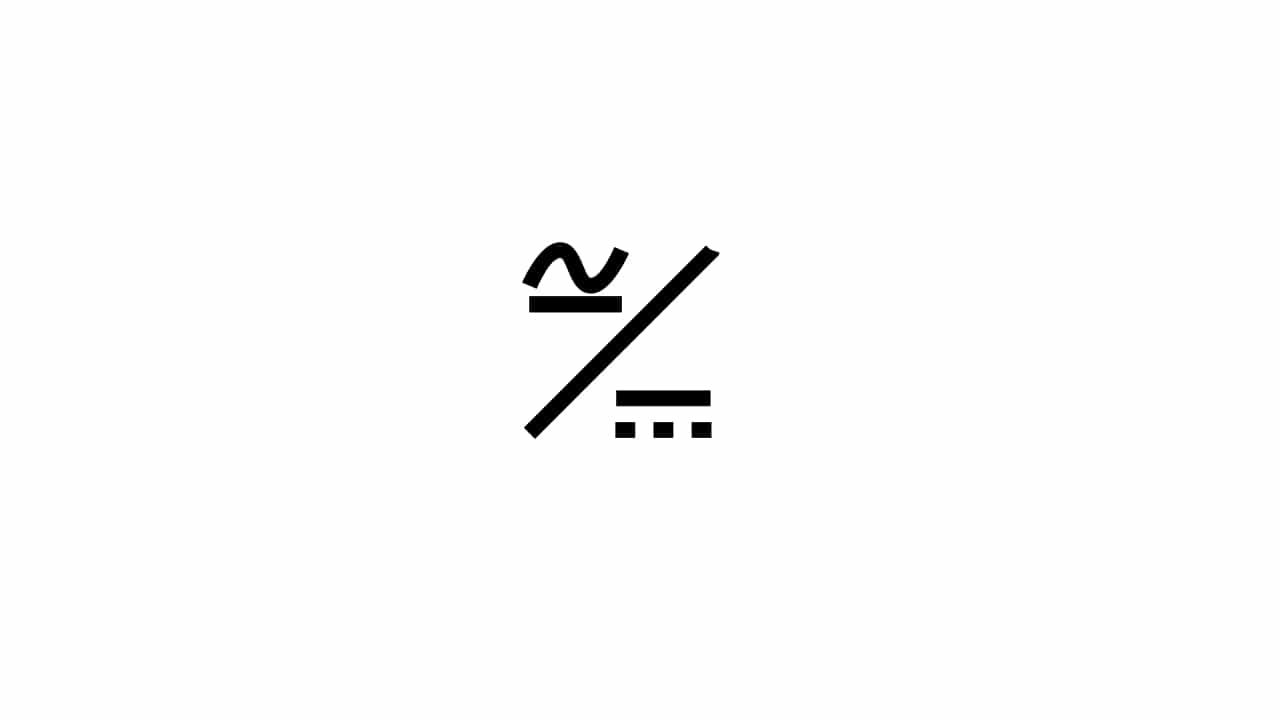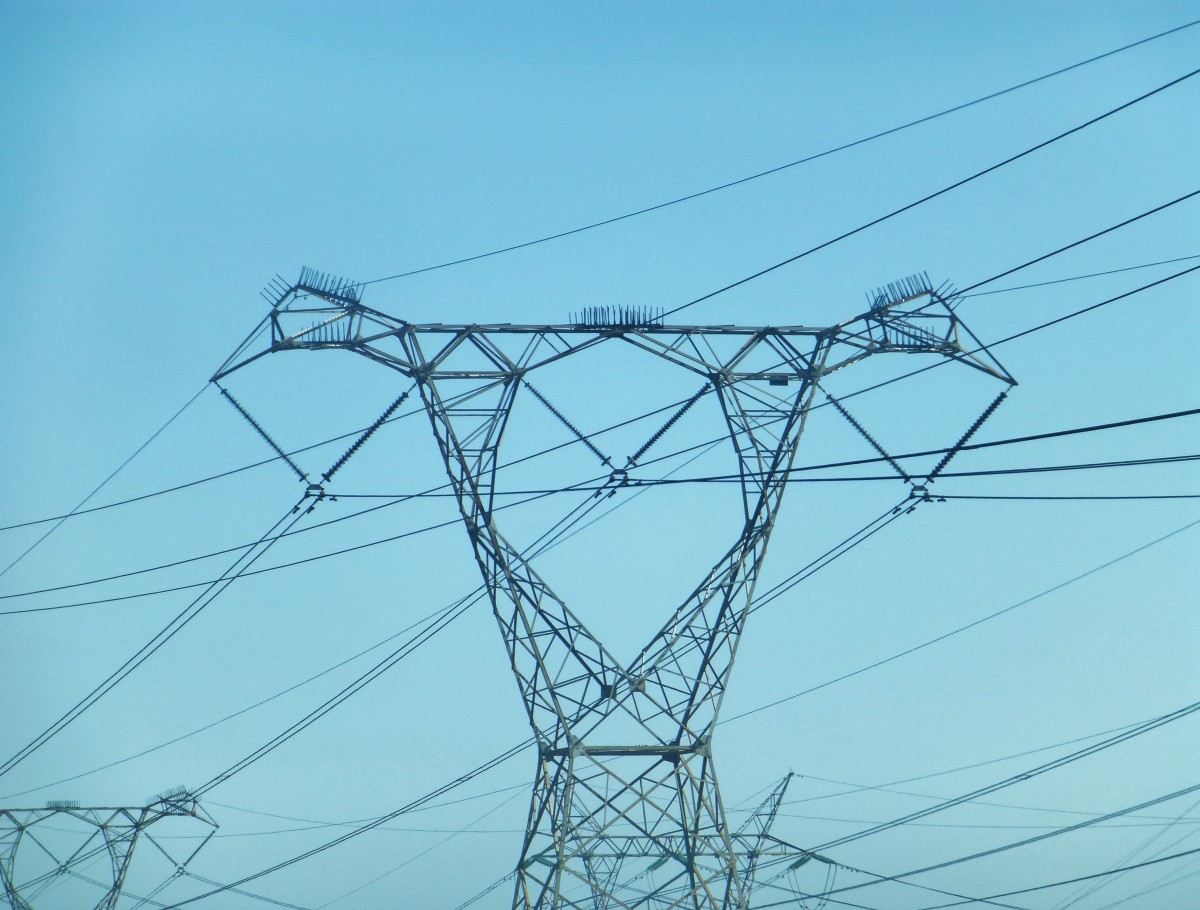
You should differentiate between alternating current and direct current. Both are very important, and are used both industrially and at the domestic level to power a multitude of devices. From industrial machinery, to household appliances, through mobile devices, and others electronic elements.
In addition, you will also learn the similarities, since they exist between DC and AC, as well as an exciting story and struggles between two very famous inventors that even led to some atrocities to promote them ...
What is a stream?
Una corrients it is a flow of something, be it a stream of water, or an electric current. In the case of electric current, what really happens is that there is a flow of electrons moving through the interior of a conductor, even if it is not seen.
This electric current It can be of two types fundamentally ...
What is direct current?
As you will already know if you read this blog frequently, the DC, also abbreviated as CC (or DC in English), is a current with one direction. That is, the flow of electrons will be in a specific direction through a conductor between two points of different potential and electric charge. If we were to graph the current on a graph, it would appear as a continuous, constant line.
This direct current was produced for the first time in 1800, thanks to a battery created by the Italian physicist Alessandro Volta. The nature of this current flow was not well understood at the time, but it was an important achievement. In 1870 and the beginning of the 1880, this electricity began to be generated in power plants, for the lighting of companies and homes after the invention of the light bulb. thomas edison.
To defend this type of current, Edison came to make really dantesque shows, trying to discredit Nikola Tesla, claiming that its current was more dangerous. To do this, Edison came to make public demonstrations electrocuting different animals. In early 1903, a thousand people witnessed how he electrocuted and killed an elephant with a current of 6600 volts. However, the elephant had previously been fed cyanide-poisoned carrots to ensure that it died. All these events were called the War of the currents.
Applications and conversion
This direct current was gradually replaced by alternating current, which had its advantages, as we will see. However, it is currently widely used for the operation of electronic components, such as audiovisual equipment, computers, etc. For all of them to work from the electrical network that is alternating, rectifier devices are used for the transformation, such as adapters or power supplies.
Polarity
Although in alternating current polarity It is not so fundamental, in direct current it is something really important, and it must be respected if the circuit is to work properly and not break down. Changing the polarity in the DC can mean irreversible damage in some cases, so you have to be careful with this.
That is why it is common to see terminals or cables marked with their corresponding pole, or colors to distinguish it. Generally, red is used for the positive pole (+), and black for the negative (-). Some more complex DC circuits can add additional colors as well.
What is AC?
La alternating current, abbreviated as CA (or AC in English), is a type of electric current whose magnitude and direction vary cyclically, in periods. That is to say, unlike the CC, which was a straight line represented in a graph, in the case of the alternating one it is represented as a sinusoidal oscillation. The number of complete cycles per second will depend on the frequency of the cycle. For example, in Europe we have 50 Hz, or 50 times per second, while in the US it works at 60 Hz.
This current would appear in 1832, when Pixii would create the first alternator, a dynamoelectric generator, based on the Faraday principles. Later, Pixii would also add a switch to produce direct current, which was more used in ancient times. In 1855 it was determined that AC was superior to DC and ended up replacing it.
Alternating current technology had developed in Europe, thanks to the work of Guillaume Duchenne in the 1850s. In 1876, a Russian engineer would also invent a lighting system similar to Edison's, but with high voltage AC. The Ganz Works company in Budapest would begin to manufacture lighting equipment based on these principles, in addition to other equipment based on this current.
Serbian engineer and inventor Nikola Tesla, was one of the greatest defenders of this current against Edison's continuum. He designed and built the first alternating current induction motor, which could convert electrical energy into rotational mechanics. In addition, this genius would also help to perfect power distribution systems without making changes to the line.
Additionally, Tesla investigated a device developed by European engineers called ecosystem. Thanks to it, it could be transformed to a lower voltage, and thus make it safer for homes, without the need for it to arrive in the quantities in which it was produced, since one of the greatest fears was its dangerousness. These investigations would be the beginning of the call War of the currents.
All patents relating to Nikola Tesla's CA were assigned to the company Westinghouse Electric, to raise capital and continue with projects based on this trend. After this, the first interurban transmission of CA would not take long, taking place in 1891. That would happen in Telluride (Colorado), a few months later also in Europe, from Lauffen to Frankfurt (Germany).
As AC triumphed and spread throughout the world, Thomas Edison continued to advocate for direct current, something that would cost him his position at the company. Edison electric (now called General Electric), which he himself had founded ...
Applications
Alternating current is used for industry and for the home, is the one that travels through power lines to bring electricity to all parts of the world. It can run household appliances, motors, industrial machinery, refrigeration systems, and much more.
Polarity
As I mentioned before, when you connect a plug, you are never careful how you place it as it will work in any case. This is due to the waveform of the alternating current, as it will alternate. However, for conventional installations, there are also ways to distinguish wiring, etc. Generally you have a yellow / green wire that is the ground, a blue or white wire will be the neutral, and the brown or black will be the phase.
DC vs AC: advantages and disadvantages
Both streams are still widely used today, as they have its advantages and disadvantages. For example: uterine
- Alternating current is very easy to transform, something that does not happen with direct current.
- To change the voltage, in alternating current you simply have to use a transformer, while in direct current you need to connect dynamos or generators in series, which is not practical.
- Alternating current can be distributed over long distances with low current intensities, losing very little in the form of heat due to the Joule effect and other effects such as eddy currents or hysteresis. While the DC has enormous losses, and it would be necessary to have a large number of power plants close to the demand points.
